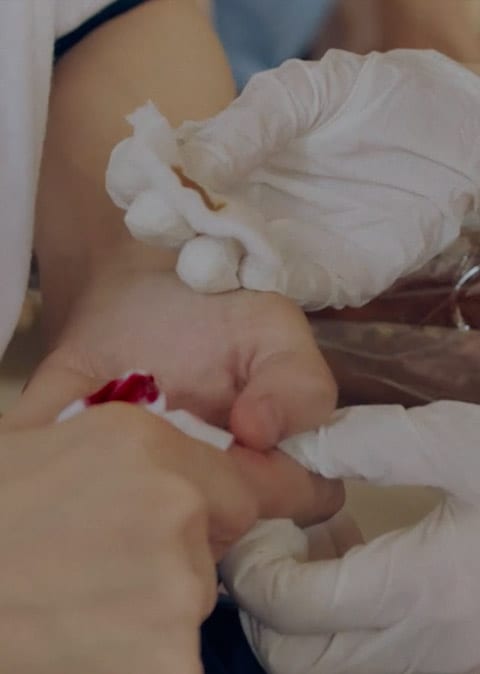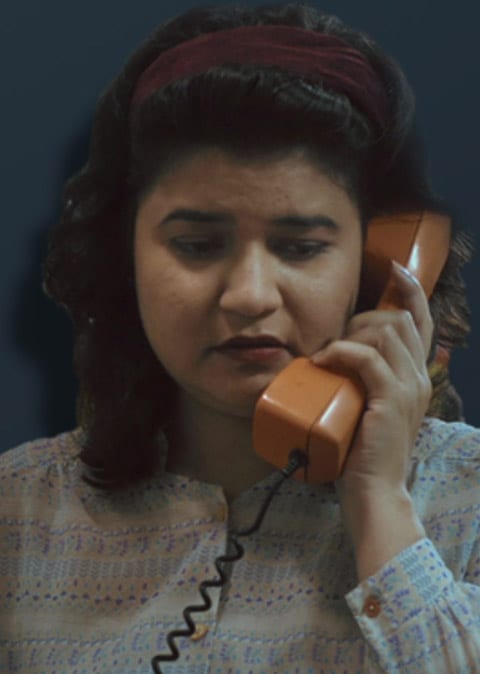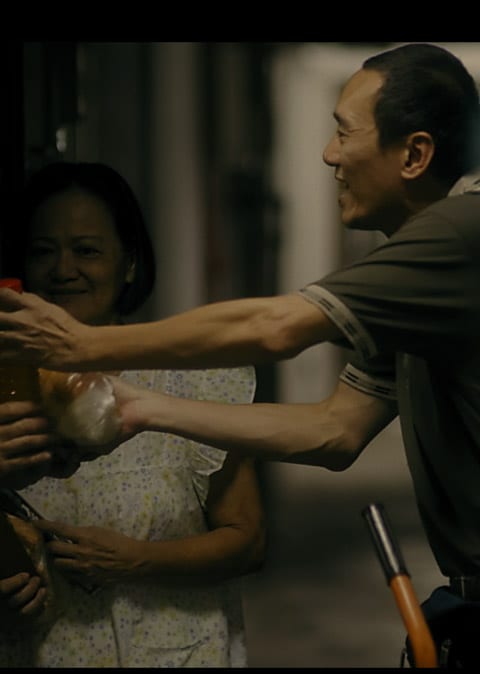Someone in your community is leaving—What’s next? Farewell cards, farewell lunches… What about a Goodbye Circle? As odd as it may sound, it may just be one of the most effective and memorable exit strategies that you can have for your community.
The leaders of Lutheran Community Care Services (LCCS) first learnt about this practice from their trip to the International Institute of Restorative Practices back in 2019, and were inspired to implement it in their own context, having every Goodbye Circle centre upon building a positive affective experience. We interviewed Justin Mui, Executive Director of LCCS, to find out more about Goodbye Circles and how we can host our own in the future.
A How-To Guide On Hosting A Goodbye Circle:
What Is It?
A Goodbye Circle is a conversation hosted for exiting individuals. It is a platform where community members come together to appreciate leaving members and celebrate what they’ve done in the organisation. A Goodbye Circle provides closure for the community and the opportunity to address any unresolved issues. Most importantly, the leaving individuals are honoured, regardless of the circumstances of leaving.
Varying based on facilitators and the individuals leaving, a session usually lasts for an hour. Often, it begins with light-hearted and easy-to-answer questions, such as what is a “goodbye” that you are looking forward to? It could be a goodbye to studying, COVID restrictions, or a goodbye to Singapore to go on a holiday. Some Goodbye Circles include games to lift the atmosphere and create an enjoyable final experience for leaving members.
Who Is Involved?
Naturally, the star of a Goodbye Circle is the person who is leaving. It is hosted for anyone in the community—from month-long interns to long-term staff—and is participated by colleagues who have interacted and worked with the leaving individual. It is not compulsory for anyone to be part of the Goodbye Circle; attendance is optional and open to anyone who wishes to join. For LCCS, this is based on the principle of “willing participation”.
A common saying in LCCS is, “Whoever chooses to come is the right person.”
Leaders decide who is suitable to host each Goodbye Circle, based on their familiarity and relationship with the leaving individual. As a first-time host, individuals may be paired with an experienced facilitator, but can lead subsequent sessions by themselves. Interns are encouraged to step up to the challenge if they wish to as well.
Where To Host It?
Pre-pandemic, Goodbye Circles can be held as in-person meetings. Adapting to the pandemic, Goodbye Circles hosted on Zoom are popular too. Facilitators can be creative with technology and delivery services to make such online sessions equally enjoyable.
When To Hold It?
LCCS believes that leaving individuals deserve full autonomy over their exit. This includes deciding when and whether they even want a Goodbye Circle. If the individual wishes to have a Goodbye Circle, they are typically held at the end of their community journey.
In certain cases of difficult or sudden departures, Goodbye Circles could be held after the individual has left the organisation. This provides space for remaining colleagues to share about how they were affected by the departure and empathise with one another. In such instances, while the relationship with the departing individual may not be salvaged, the Goodbye Circle offers support to those remaining.
The Power Of A Goodbye Circle
Community leaders may not be able to control the circumstances of an individual leaving — it may be a result of negative reasons, such as termination due to organisational limitations, or the individual not being a good fit. However, the exit experience can be designed to be respectful, engaging and honouring to the person leaving.
“The baseline is to not let people leave in a hurt posture as far as possible,” Justin explains.
Goodbye Circles are also opportunities for community members to give words of encouragement to their leaving peers. Oftentimes, especially in the workplace, colleagues do not get the chance or time to exchange words of appreciation such as helpful affirmation of their colleagues’ strengths. This segment of Goodbye Circles is hence welcomed by many as a platform for feedback that helps leaving individuals grow in their new workplace and future endeavours.
Goodbye Circles are equalisers that provide opportunities to speak regardless of seniority and status. They empower all to share personal reflections and even negative experiences.
A Goodbye Circle Experience
Here are some examples of facilitation questions you can include in a Goodbye Circle:
- To the leaving individual:
- What’s your fondest memory with the organisation?
- What’s the hardest part of leaving the organisation?
- What is one thing you want to remember the organisation/ community by?
- To the remaining members:
- What’s your fondest memory with the leaving individual?
- What’s the hardest part of knowing that the leaving individual is exiting the organisation?
- What is one thing you want the leaving individual to be remembered by?
Nigel, a colleague of Justin’s at LCCS, adds, “Goodbye Circles allow for opportunities for individuals to make meaning of the experience, where the community can honour the person who had contributed to the organisation.”
Fun fact: At LCCS, 1 in 4 staff are individuals who previously resigned and eventually re-joined. A goodbye done well, could potentially become a “see you again!”
Goodbye Circles can have a great impact on your community, and make a meaningful difference to the end of one’s community journey. They are opportune platforms for maintaining and even strengthening relationships with leaving members, and have lasting benefits for all involved. To find out more about exits, check out our article [Saying Goodbye] on shaping a good exit experience from our recent Community Leadership Series.





















